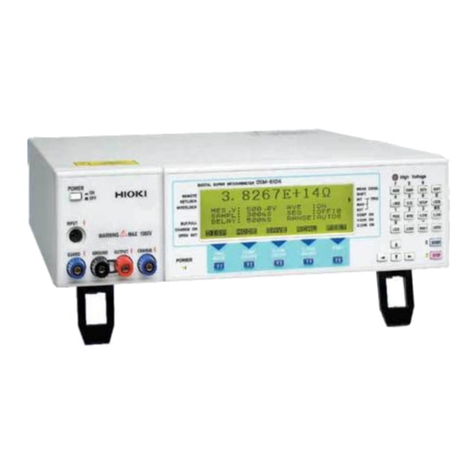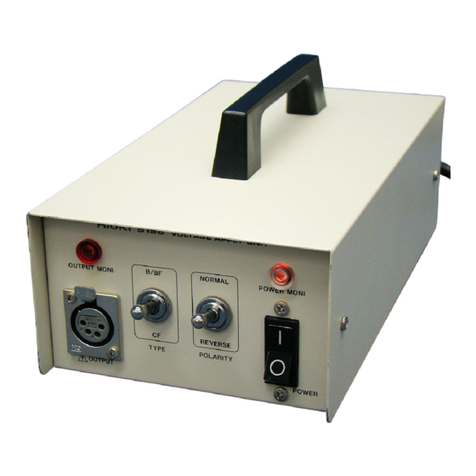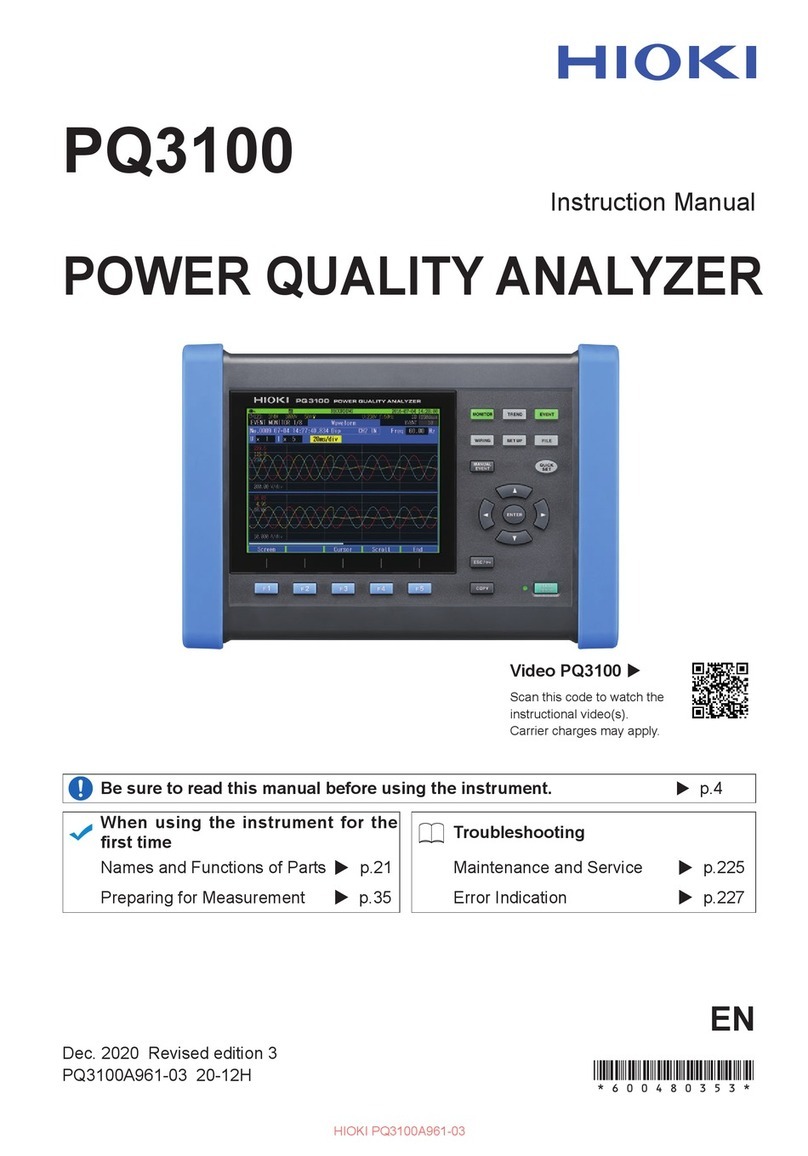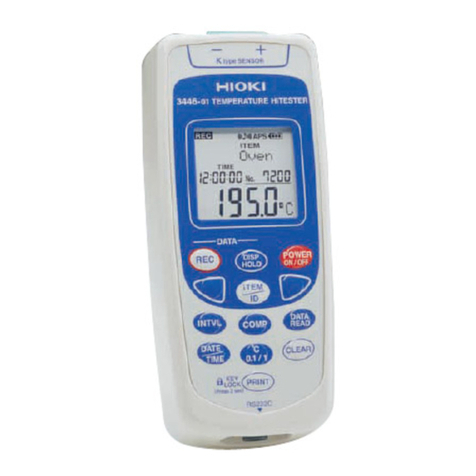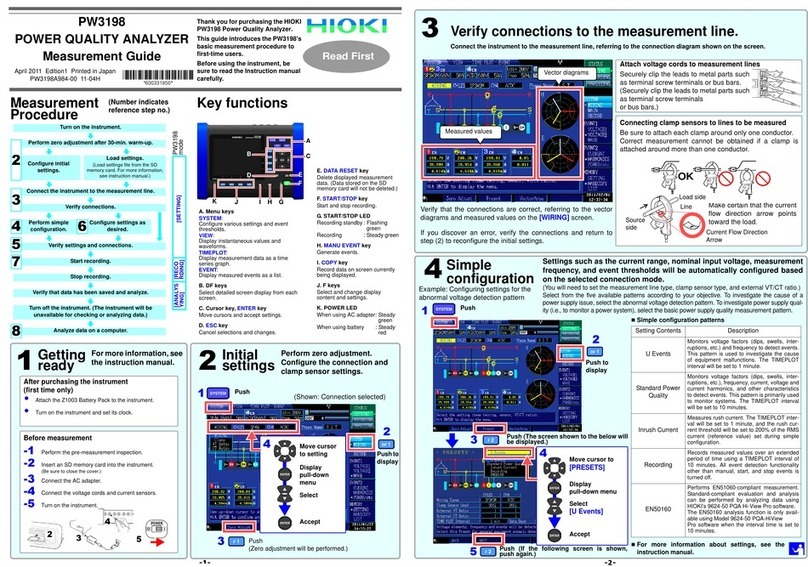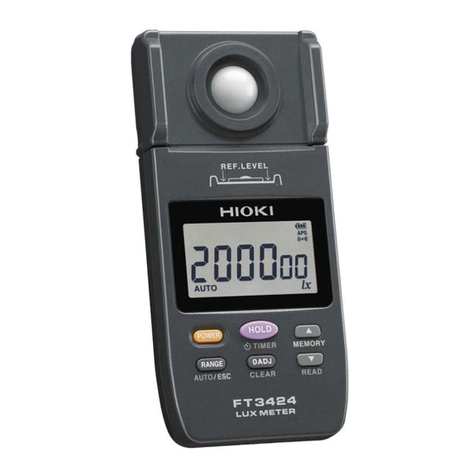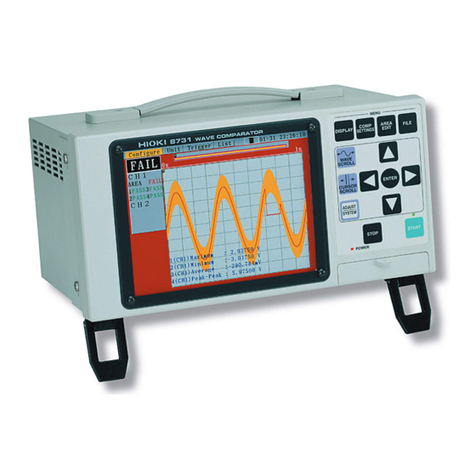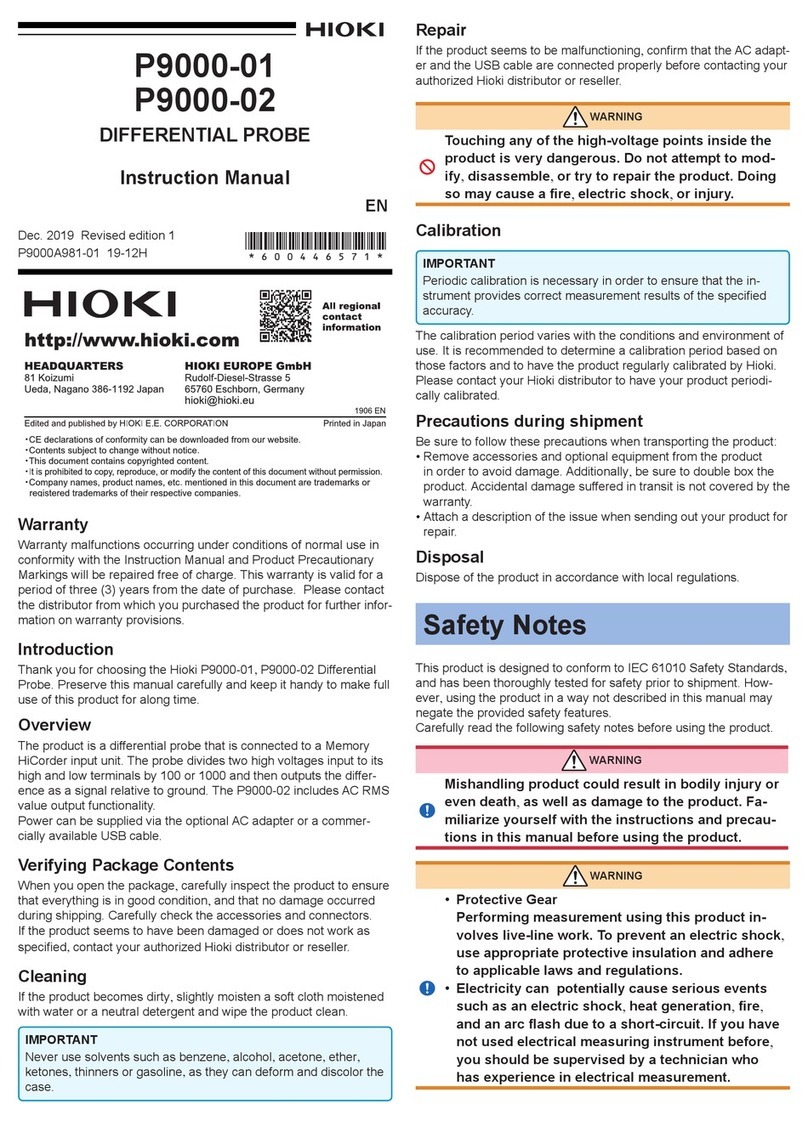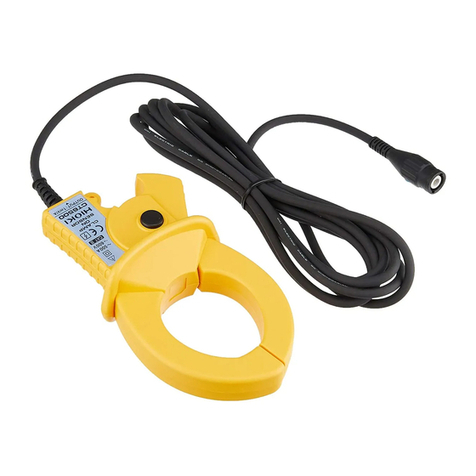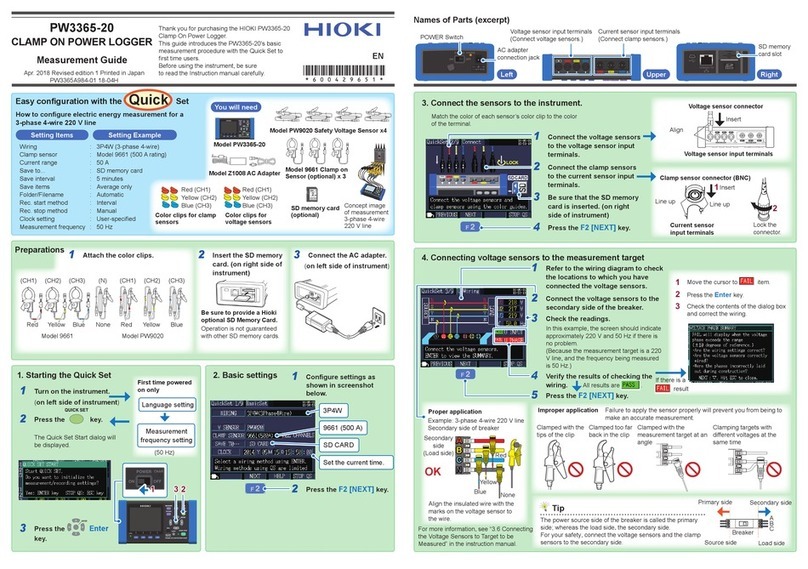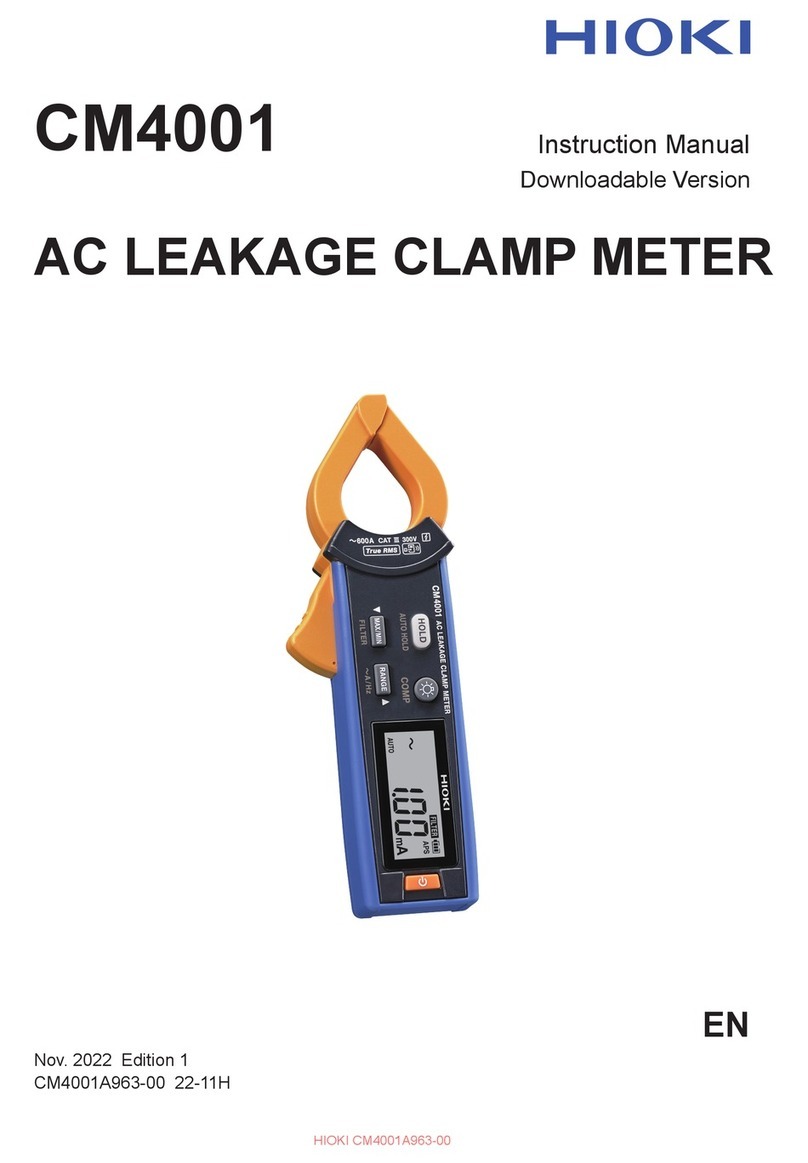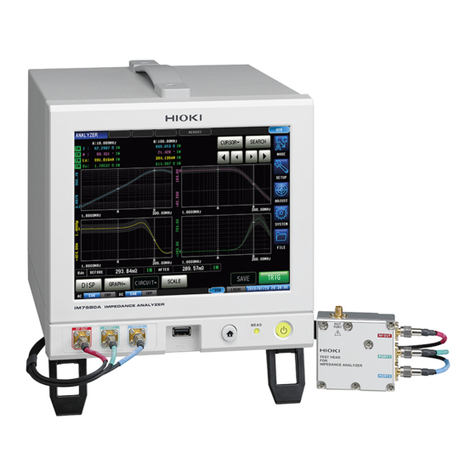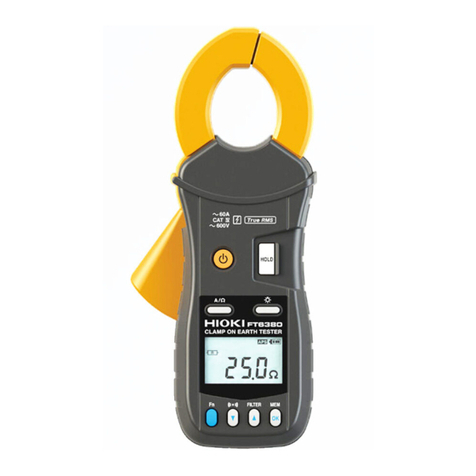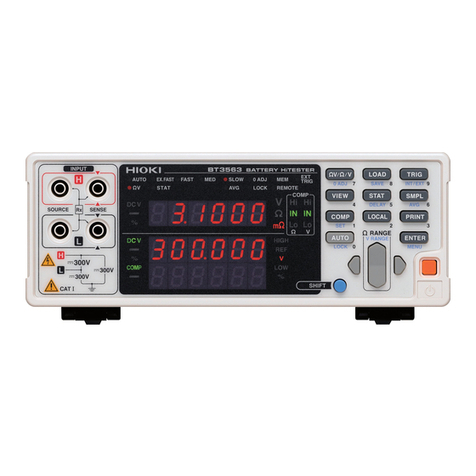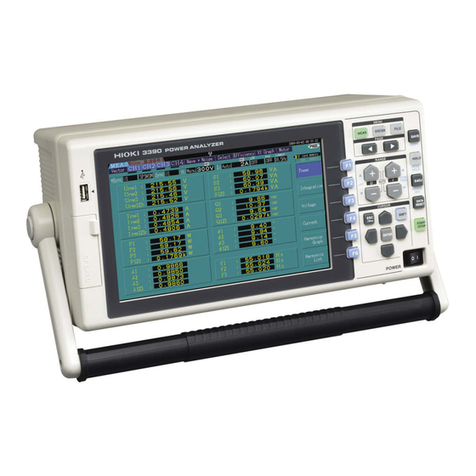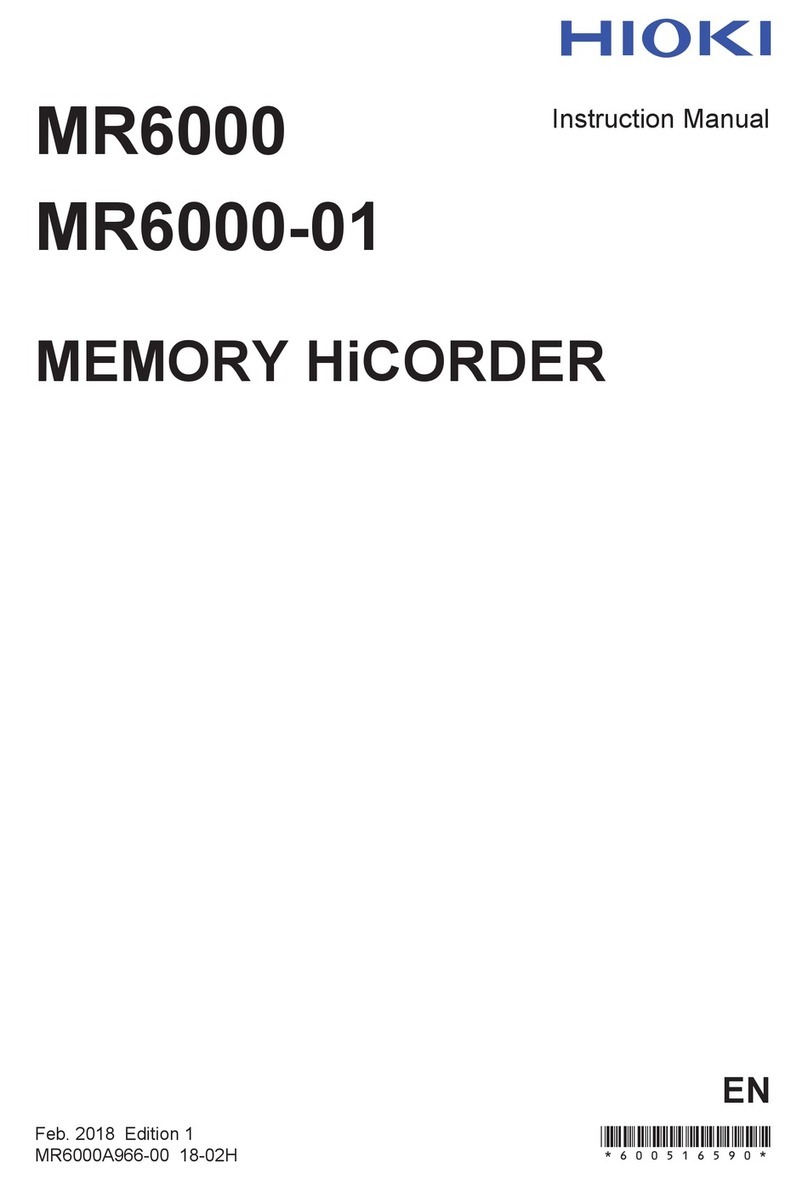
6
Usage Notes
Installation
For details on the operating temperature and humidity, see the “3
Specications” (p. 45).
WARNING
•Avoid the following locations that could cause
an accident, re, or damage to the device.
•Exposed to direct sunlight or high
temperature
•Exposed to corrosive or combustible gases
•Exposed to water, oil, chemicals, or solvents
•Exposed to high humidity or condensation
•Exposed to a strong electromagnetic eld
or electrostatic charge
•Exposed to high quantities of dust particles
•Near induction heating systems (such as
high-frequency induction heating systems
and IH cooking equipment)
•Susceptible to vibration
•Located near a device that uses high-
frequency power
Avoid obstructing the ventilation holes on the sides
and bottom of the terminator (p. 25), as it could
overheat and be damaged, or cause a re.
CAUTION
•Do not place the device on an unstable table or
an inclined place. Dropping or knocking down the
device can cause injury or damage to the device.
